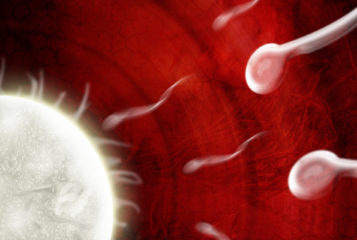More and more IVF patients are using donor eggs, according to a study carried out in the USA.
Although the use of a patient's own eggs in IVF still remains the most popular means of assisted conception, there has been a considerable rise in the use of donor eggs in the last decade, especially in women over 35 years old.
The study, carried out by Emory University, Atlanta, and the Federal Centers for Disease Control and Prevention, also found that the chances of having a good birth outcome, defined as a single baby delivered at full term, for women aged over 35 years old is higher when they use donor eggs than when they use their own eggs in IVF.
Professor William Schlaff, chair of obstetrics and gynaecology at Thomas Jefferson University, Philadelphia, who was not involved in the research, affirmed that 'women not having success in becoming pregnant in their late 30s and 40s are more comfortable using donor eggs'.
Nevertheless, figures show that traditional IVF remains the most used method. 'For most people, the desire to have a child that is genetically from both parents is very strong', said Evan Myers, professor of obstetrics and gynaecology at Duke University, North Carolina.
The study also found that the percentage of single embryos used rose from less than one percent in 2000 to 14.5 percent in 2010. Professor Schlaff said that 'many patients are willing to take the risk of having twins to raise their chances of having at least one baby and to decrease costs'.
The average age of women using donor eggs remained at 41 years old, for whom a decline in egg quality is reported as a reason for using donor eggs. The average age of egg donors was 28. That fact that the rate of poorer birth outcomes did not increase with the age of egg recipients indicated that using eggs from younger donors can avoid age-related complications in pregnancy, explained Professor Myers.
However, 'researchers still need to find better ways to identify which embryos have the best chance of resulting in healthy babies', said Dr Jennifer Kawwass, lead author of Emory University's study.
The figures were obtained from data provided by 443 clinics, representing 93 percent of all US fertility centres. The results were published in the Journal of the American Medical Association and were presented at the annual conference of the American Society for Reproductive Medicine in Boston.






Leave a Reply
You must be logged in to post a comment.